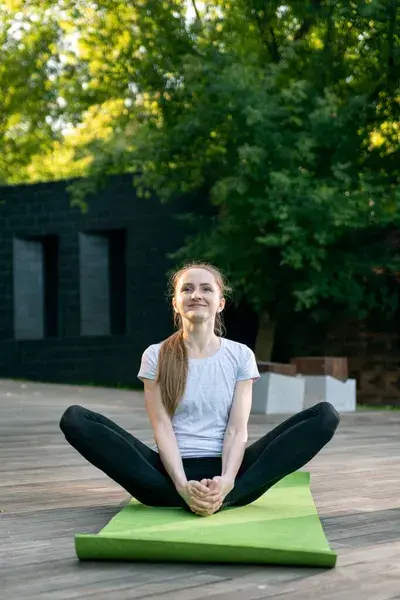Kurmasana (Tortoise Pose)
What is Kurmasana? Kurmasana gets its term from the Sanskrit word ‘Kurma’ means turtle or tortoise and ‘asana’ means posture or pose. It is a seating forward bending pose. Kurmasana is one of the core postures known to have more benefits for the human body. The health benefits of Tortoise pose can be maximized when…










